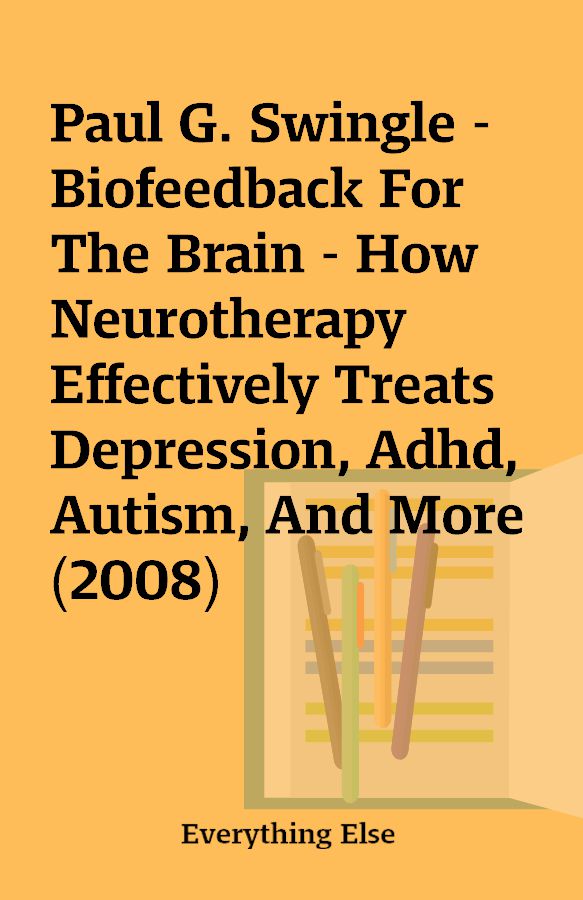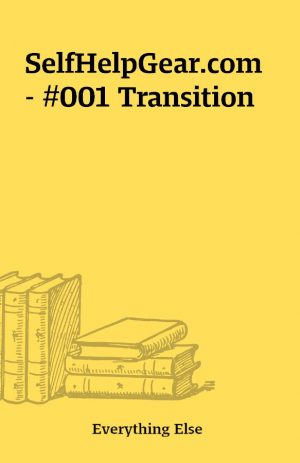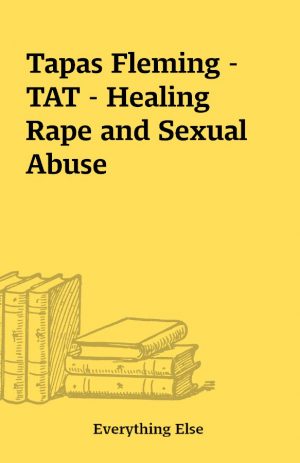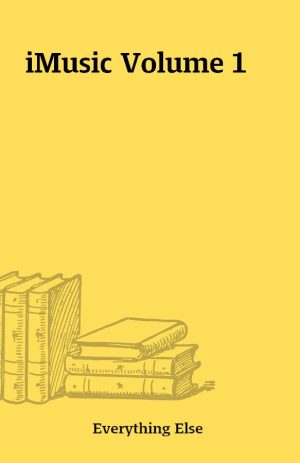Paul G. Swingle – Biofeedback For The Brain – How Neurotherapy Effectively Treats Depression, Adhd, Autism, And More (2008)
Paul G. Swingle – Biofeedback For The Brain – How Neurotherapy Effectively Treats Depression, Adhd, Autism, And More (2008)
[1 Scan – 230 JPG]
Description
Per request in the Neurofeedback/Biofeedback Foundations Course GB!http://www.amazon.com/Biofeedback-Brain-Neurotherapy-Effectively-Depression/dp/0813547792Neurofeedback is a cutting-edge, drug-free therapeutic technique used by over a thousand licensed therapists in North America to treat a range of conditions from attention deficit and hyperactivity disorders to epilepsy, stroke, anxiety, migraine, and depression. First popularized in the 1970s, this naturalistic method is based on the idea that we can control our brain activity and that, through training, the brain can learn to modify its own electrical patterns for more efficient processing or to overcome various states of dysfunction.In Biofeedback for the Brain, Dr. Paul G. Swingle describes in clear and coherent language how these procedures work. With numerous actual case examples, readers follow the progress of clients from the initial “brain map” that shows the location and severity of the neurological abnormalities to the various stages of treatment. Conditions often considered untreatable by conventional health practitioners respond positively to neurotherapeutic treatment and Swingle describes many of these remarkable recoveries. Other chapters describe the use of neurotherapy for a variety of surprising purposes, including performance training for elite athletes, of which the most famous example is the Italian soccer team who considered the technique to be their “secret weapon” in attaining a World Cup victory.Despite wide-ranging success stories and the endorsement of the American Psychological Association, many health care practitioners remain skeptical of neurofeedback and the procedures are still not well-known by the public or conventional health care providers. This book provides a thorough, definitive, and highly readable presentation of this remarkable health care alternative that offers millions of individuals a chance for healing.Product Details Paperback: 232 pages Publisher: Rutgers University Press; 1 edition (February 15, 2010) Language: English ISBN-10: 0813547792 ISBN-13: 978-08135477945.0 out of 5 stars Overall, a good introductory book on biofeedback/neurofeedback, March 29, 2009By BookMan (Rancho Santa Margarita, CA)Biofeedback for the Brain is a challenging book to rate: it provides a wealth of information (especially for those unfamiliar with biofeedback/neurofeedback) and gives an excellent overview on the subject. The problem with it, unfortunately, is that it also contains some, but not all, of the pitfalls common to other books on the matter. To begin with, I’d like to comment on the positive elements. Swingle provides a highly accessible look at just what neurofeedback does and what it is capable of doing. Its uses are well explained and the book provides good descriptions of why this form of biofeedback is appropriate in many situations. The examples discussed represent a broad overview of the types of maladies that may be served: ADD/ADHD, autism, depression, OCD, TBI, etc. as well as how these may be diagnosed and treated through neurofeedback. The author also discussed potential useful alternative/adjunct therapies that may contribute to intervention strategies: these include audio/visual stimulation (AVS), electrocranial stimulation, and brainwave entrainment techniques.As mentioned earlier, there are several problems with this book some of which may, or may not, have been the result of decisions by the author. When reading books on neurofeedback, I constantly look at the references that are provided as this provide a good clue into the veracity of the book’s contents (in other words, is the book based upon sound scientific principles or, in the case of alternative medical approaches, merely new age nonsense) – while Swingle does, for the most part, use very good sources, these sources are also limited as many of the same journals are cited over and over again. While there is nothing wrong with this, per se, it would have been more appropriate (if possible) to have used a greater number of peer reviewed journals. The problem with this, however, may not have been the author’s fault as neurofeedback has not yet been fully studied and many refuse to admit that it is worth studying.The real problem I have with the book concerns the ongoing promotion of the author’s own practice and materials. While this is not as blatant as what I’ve read in other books (especially, The Healing Power of Neurofeedback: The Revolutionary LENS Technique for Restoring Optimal Brain Function), it is still present. A few of the web sites cited concerning materials belong to the author. One item, in particular, caught my attention and that was Swingle’s mention of his “attention harmonic” some type of sound that he has produced on a CD. While this may, or may not, be a valuable tool to use, the author provides very little information as to what, exactly, this “attention harmonic” is: in fact almost all sounds have harmonics. Why is Swingle’s sound different? What are the characteristics of that sound? This type of problem is evident throughout the book – good, or potentially good, techniques are discussed but little specific information is often given so that a knowledgeable person can fully understand what is being discussed.Overall, the book does do an excellent job in describing many components of a neurofeedback treatment program and clearly explains, in layman’s terms, the types of things one might expect in a therapeutic setting. It is for that reason that I’ve rated this book highly. I would, however, like to see more from this author that is more explicit in terms of why certain therapies work (for example, explain the mechanisms behind brainwave entrainment).Please contribute back by OCRing and Spellcheck/Proofreading this book. I recommend ABBYY Finereader 10 or 11 for doing this work in a relatively easy way.If you plan to do that please leave a comment here so the effort won’t be duplicated by others. Please post back the final pdf and I’d also appreciate the project files as well (please PM if you do).Please note that the high quality scan images are posted here for a specific purpose – to make it easy to OCR/spellcheck the book and not spend 100 hours doing that from a crappy, lossy compressed pdfs that are sometimes posted here. So please don’t waste your time asking why this is not a pdf file. Instead please contribute a few hours of your time and OCR and proofread the posted book. Thank you.
You must be logged in to post a review.






Reviews
There are no reviews yet.